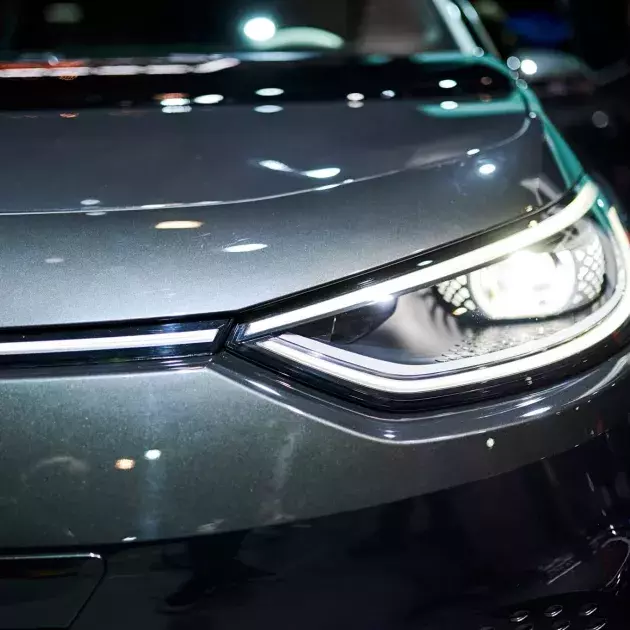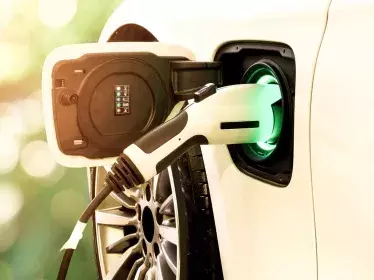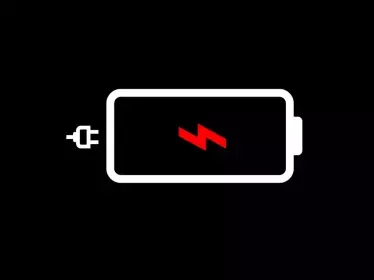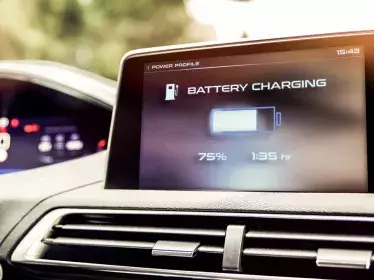If you have ever travelled to the Mediterranean countries, you will have noticed that white cars are very popular in these regions. Is this an economic choice of southern motorists? Or do they simply all prefer white above any other colour? Or is it a pragmatic choice to limit the impact of the sun in the cabin?
Not surprisingly, a vehicle parked in direct sunlight will increase its temperature, regardless of the colour of its bodywork. However, there are significant differences between a dark colour - which will heat up faster by absorbing more of the sunlight - and a lighter colour, which will also heat up but less quickly.
For example, laboratory tests using UV light simulated a European summer day with an outside temperature of 25°. On a white car, the body temperature rose from 25 to 55 degrees in "full sun" exposure within 20 minutes. On the black car, the temperature rose to 70 degrees in the same time. Quite a difference!
Does this mean that the temperature inside a car increases in the same way depending on whether the body is light or dark? Fortunately, the answer is no! In the most extreme and rarest cases, a difference of 5 degrees can be measured in the passenger compartment depending on the body colour. However, the temperature in the passenger compartment rises so quickly and to such high peaks (up to 80 degrees on the dashboard and up to 45 degrees at face level) that the impact of the vehicle colour is of lesser importance.
Our golden rule is clear: never leave a child, an elderly person or an animal in a car parked in direct sunlight. Ne-ver !






